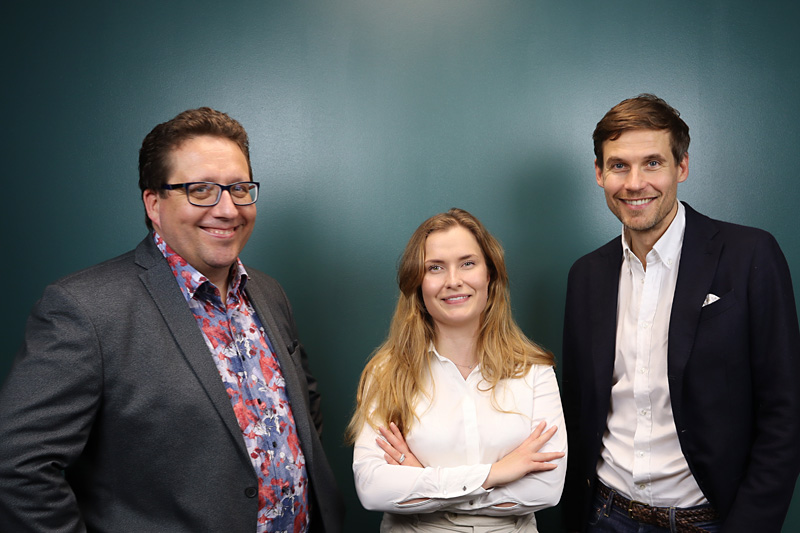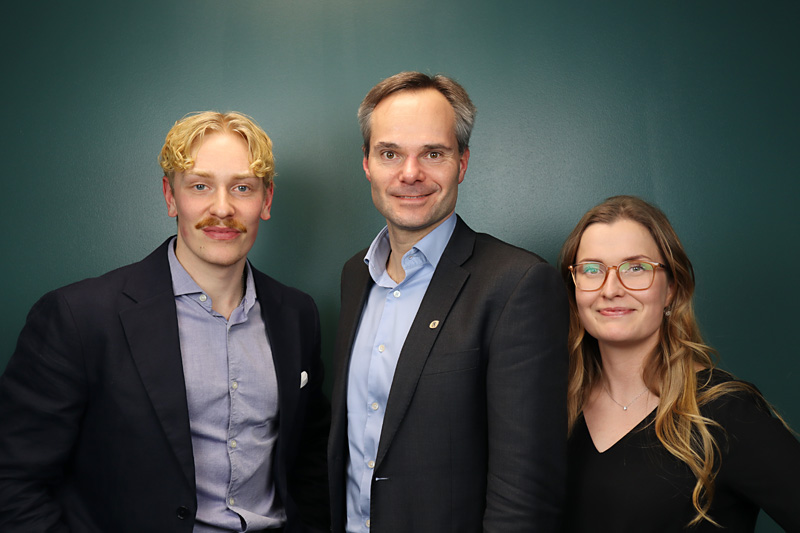Is takt production suitable for industrial construction projects?

One of the hottest topics in energy and industrial sector is takt production. Vison partner Aleksi Heinonen and Fimpec’s Engineering and Construction Manager Eelon Lappalainen, discuss how takt production could be utilized in industrial construction projects.
Takt production in industrial construction was discussed in Fimpec’s “Kumppanit” podcast hosted by Maiju Hirvikallio, Fimpec’s Director of Communications & Marketing. The podcast is available for listening in Finnish on Spotify.
Originally from the manufacturing industry and based on lean thinking, takt production is one of the growing trends in the construction industry that construction companies have increasingly started to utilize, especially in the interior finishing phase of building construction. However, in industrial construction projects, takt production is still a rarity.
Does takt production apply to industrial construction, and how should the production model be implemented? There is no obstacle to using takt production methods in industrial construction projects, according to the pioneer of takt production, Aleksi Heinonen from Vision and Eelon Lappalainen, the Engineering and Construction Manager of Fimpec. On the contrary, they state that it would offer many advantages, and there are already capabilities in place, as the planning and execution of shutdowns currently rely on very similar practices.
“In takt production, the idea is to plan in more detail and create smaller packages, aiming for standardization in their design and, through the standardization of work packages, to provide better situational awareness to all involved. It involves better planning and higher-frequency management and control. As a result, better quality can be achieved in a shorter time with the same or fewer resources, along with improved job satisfaction,” Heinonen explains.
“Few innovations in the construction industry have gained such strong momentum in the last 30 years. We have even tested it within our own team in an industrial project, and it can be considered a very promising production model. The major difference from the traditional model is that takt production involves the participation of personnel lower in the hierarchy who actually have knowledge of the production pace,” Lappalainen adds.
Why hasn’t takt production found its way into industrial construction?
According to Aleksi Heinonen, it’s primarily a marketing issue.
“The challenge in bringing takt production into industrial construction lies in aligning customer needs and benefits, operational authority, expertise, and concept development. In that sense, it’s more of a marketing problem than an operational development issue. It’s important to find an entity willing to invest some money in developing solutions,” he states.
“The particular feature of industrial investment projects is that they are often carried out by large, powerful players, with significant involvement from major equipment suppliers. Both typically have well-established operating procedures that are not easily changed. In my opinion, this is perhaps the biggest challenge in introducing takt production into industrial construction projects,” Lappalainen assesses.
He believes that the easiest approach might be to start with new industrial players who don’t have such entrenched ways of operating. Such entities can be found, for example, in the currently prevalent green transition projects, often backed by new players.
“It’s essential to build a concept early on that instils confidence in the idea that this approach can save the customer’s time and improve quality. When working with takt production, it’s advisable to get involved at a very early stage. I would say that the production system should be conceptualized even before selecting the main contractor,” Heinonen suggests.
“Kumppanit” podcast page (in Finnish)


